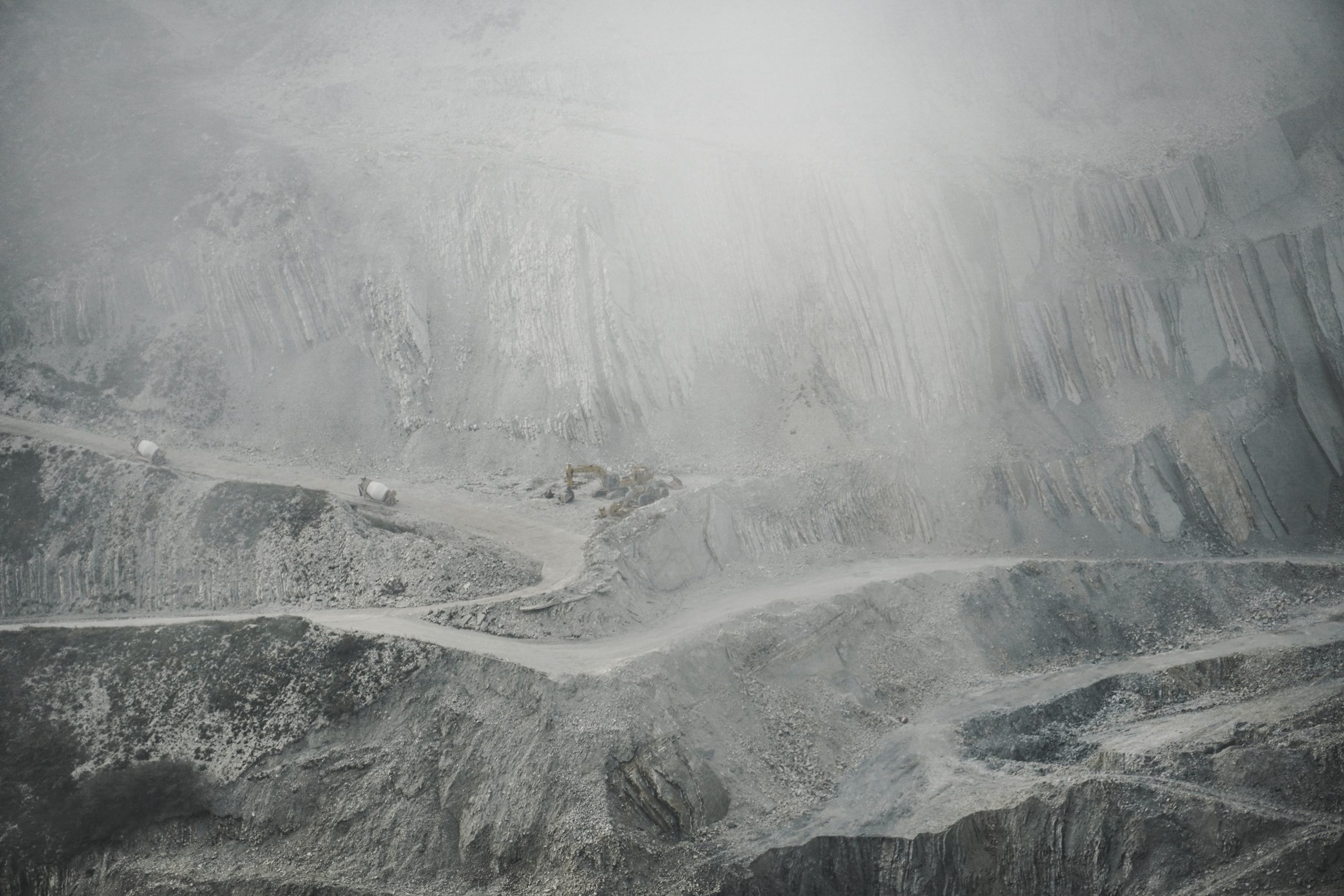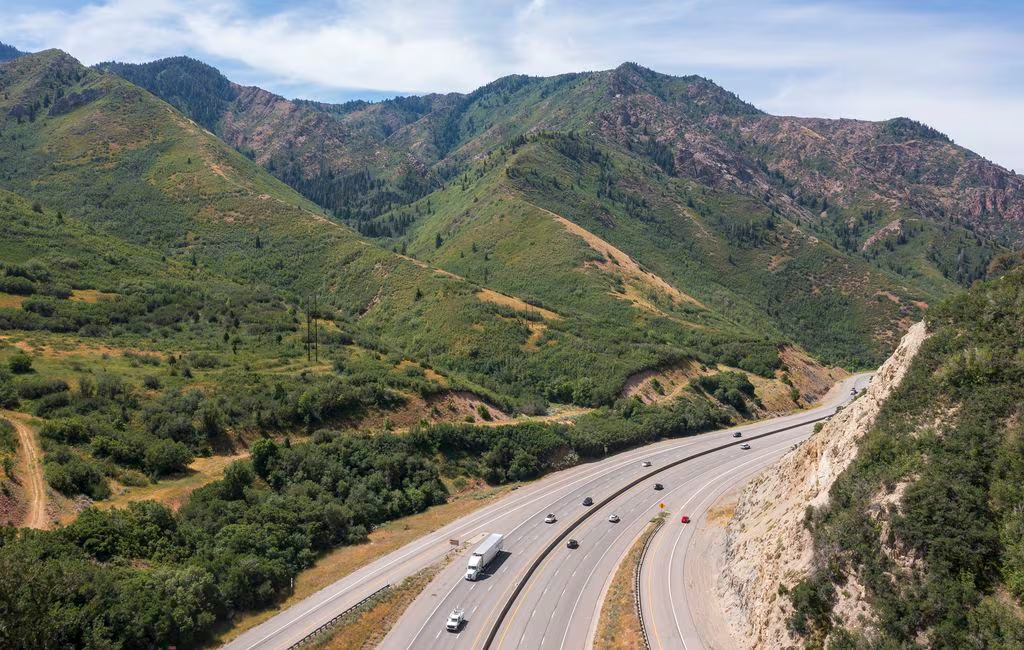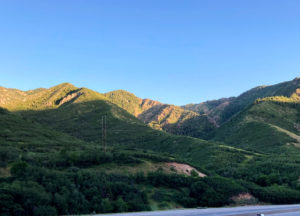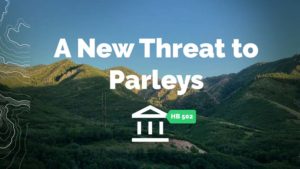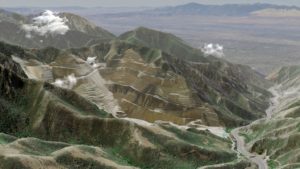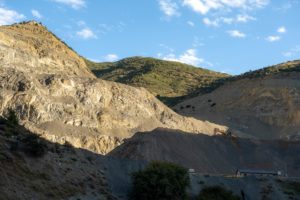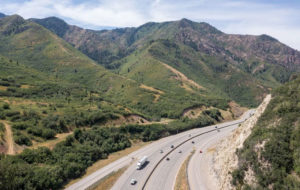The informal grassroots group, Save Parleys, opposes the air quality plan the Utah Division of Air Quality announced on Saturday that they intend to approve for the I-80 South Quarry in Parleys Canyon. The quarry is being proposed by property developer Jesse Lassley with Granite Construction as the operator. Frequent strong canyon winds will funnel the quarry dust into the Foothill, Canyon Rim, Sugarhouse, and Millcreek neighborhoods and schoolyards which are as close as only 3 miles from the site and will negatively affect the health of residents.
“Utah’s weak regulatory framework make it highly challenging to mitigate dust pollution at this site,” said Save Parleys member Kyle Brennan, an earth science Ph.D. candidate at the University of Utah. “Before this permit is issued, the unique atmospheric conditions in Parleys Canyon should be studied for at least a full year in order to understand the potential impacts of the quarry on the air quality in downwind communities.”
One of the primary strategies Granite has proposed to limit the dust will be to spray the gravel piles and disturbed land with millions of gallons of water. “Gravel pit operators try to apply water for dust suppression, but it is never enough to solve the problem,” said BYU geology professor, Greg Carling, “Water used for dust suppression is another strain on our dwindling water supplies.”
“Save Parleys has a long list of specific concerns about, and objections to Granite’s air quality control plan which we will be raising in our public comments to DAQ,” said Save Parleys member Dr. Scott Williams, a former state public health official. “The State’s intent to approve this plan is based on a number of inconsistencies that the public should be aware of.”
- The approval of an air quality plan for the proposed I-80 South Quarry in Parleys Canyon is premature since the Third District Court has not yet ruled on whether the land is subject to Salt Lake County’s zoning ordinance which would deny the quarry a conditional use permit.
- The plan only covers the emission estimates for a 20-acre open pit quarry and Granite has stated in public meetings that their ultimate intent is to expand it to a 635-acre pit.
- Nowhere in Granite’s plan does it specify how much water will be required to suppress the fugitive dust. DAQ does not require operators to estimate the amount of water they will need or demonstrate that they have access to the volume of water required. This is water that will be diverted from flowing to the Great Salt Lake.
- Utah’s regulation of fugitive dust from gravel pits is extremely weak.
- DAQ does not routinely inspect quarries and gravel pits for dust control compliance or monitor their dust emissions more often than every 12-18 months.
- DAQ’s method of assessing dust control can’t be performed at night or under other low light conditions.
- Gravel pits and rock quarries are not required to prevent dust plumes from blowing off their property when wind speeds exceed 25 mph.
- While quarry operators are required to maintain documentation of dust control activities for DAQ review, these records are not available for public inspection and, in any case, do not include information that would allow the public to determine whether the gravel pits are complying with the law.
Media Contacts:
Scott Williams 801 580-3127
Kyle Brennan 801 793-0521
Greg Carling 801-243-3920

